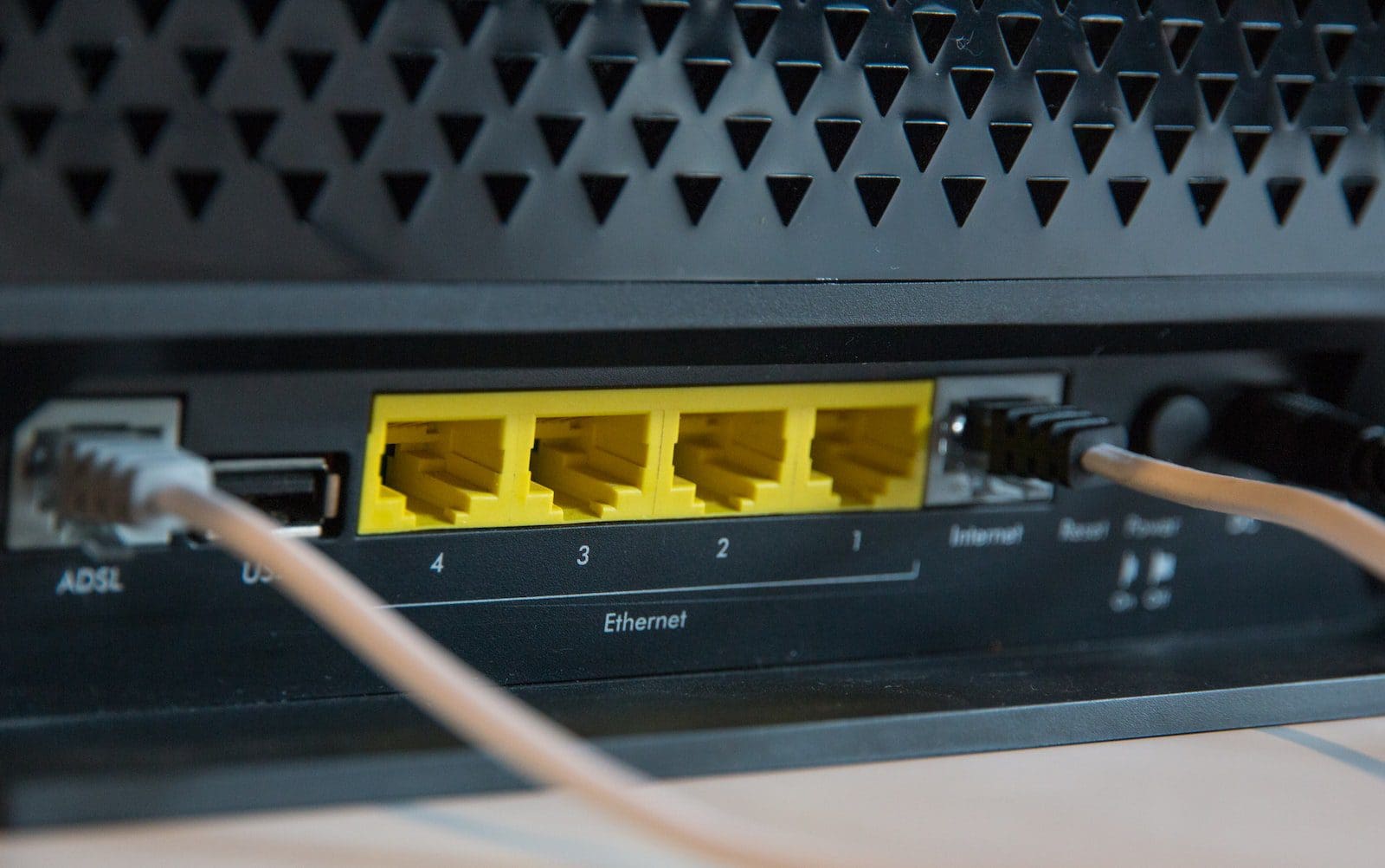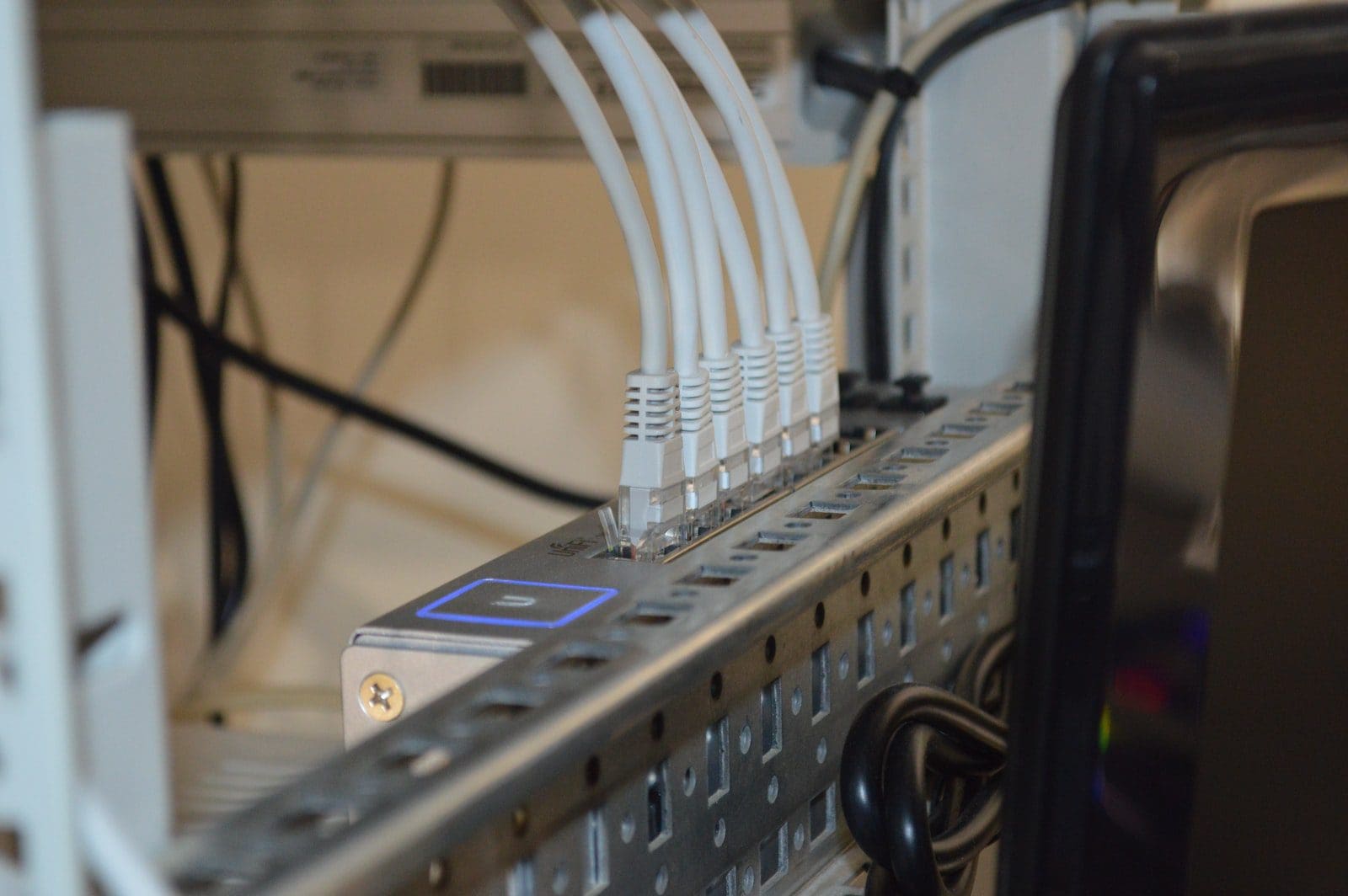ADSL and SDSL are types of connections. They differ in downloading and uploading speed and belong to broadband internet connections. They have different bandwidths. ADSL gives a connection to the telephone also, but SDSL has no such advantage. ASDL is used in every house by millions.
Key Takeaways
- ADSL (Asymmetric Digital Subscriber Line) offers faster download speeds but slower upload speeds, while SDSL (Symmetric Digital Subscriber Line) offers equal upload and download speeds.
- ADSL is suitable for home users who consume more data than they upload. At the same time, SDSL is more appropriate for businesses and organizations that must upload large files and maintain stable connections.
- ADSL uses different frequencies for downloads and uploads, while SDSL uses the same frequency for both, resulting in more consistent and reliable data transmission.
ADSL vs SDSL
ADSL (Asymmetric Digital Subscriber Line) offers different upload and download speeds and is suitable for home and small businesses. SDSL (Symmetric Digital Subscriber Line) offers the same download speeds and is designed for larger organizations requiring faster task upload speeds.

ADSL stands for Asymmetric Digital Subscriber Line, which is a type of broadband internet connection. ADSL does not use full bandwidth. It also gives a telephone connection. ADSL is always preferred in today’s world as high-speed internet is used all across the world. It is an asymmetric connection.
SDSL stands for Symmetric Subscriber Digital Subscriber Line. It uses the whole bandwidth, due to which it does not offer any telephone connection. It has a high uploading speed. It is not used now in modern devices and technology. It is one type of symmetric connection.
Comparison Table
| Parameters of Comparison | ADSL | SDSL |
|---|---|---|
| Download /Upload Speed | Equal | Not equal |
| Type of Connection | Asymmetric | Symmetric |
| Telephone Connection | Yes | No |
| Type of Technology | Standardized | Non-Standardized |
| Usage probability | High | Low |
| Cost | Cheap | Costly |
What is ADSL?
It is a common type of DSL connection. It gives a higher speed of downloading and a sufficient speed of uploading. It points out practical use. It is used in modern technology due to its higher speed of downloading.
It does not use the whole bandwidth. It provides a telephone connection. It uses a modem with special benefits. It has a microfilter in the telephone connection.
It also gives the benefit that the telephone and connection can be used at a particular time. It is known as asymmetric because it has a higher downloading speed than the uploading speed. PC always is connected to the internet connection when using ADSL.
It provides the benefit that many people can use the connection at the same time. It has less attenuation. It is very useful at home. This is not good at uploading data, but it is very useful at home for any search on the internet.
ADSL is used when uploading speed is not required or less speed. This lowers its prices for its connections. It is very useful as a person needs a download speed because a person majors searches and downloads information. This is used widely as a default option.

What is SDSL?
SDSL is not a standardized technology. It uses the whole bandwidth. It does not provide a telephone connection. It is a type of broadband internet connection. It has a high speed for uploading data.
It has a high bandwidth for uploading. It is expensive as the uploading data speed is high. It is mainly used in the server application. This is needed for business applications because they need a high speed of uploading.
It is a type of symmetric connection because they have an equal speed for uploading and downloading data. SDSL is very helpful in running data-intensive services. They need high-speed uploading of data.
People working with the SDSL help them work effectively and efficiently. It has two directions of the connection. This also has VoIP for much better audio and video conferencing.
Many organizations that work on cloud operations need an SDSL connection. It uses way traditional copper broadband. The maximum speed it offers is three Mbps for both uploading and downloading.
It provided the same speed in uploading and downloading, due to which the economic industry very much used it.
This was a huge technology at that time. Technology keeps growing, which makes using SDSL less compared to other connections with so many benefits.

Main Differences Between ADSL and SDSL
- ADSL has equal upload and download speed, but SDSL does not have equal upload and download speed.
- ADSL is an asymmetric connection, but SDSL is a type of symmetric connection.
- ADSL provides a telephone connection, but SDSL does not provide a telephone connection.
- ADSL acts as a standardized technology, but SDSL does not.
- ADSL is used as the latest technology, but SDSL is no longer in use.
- ADSL is cheaper than SDSL.

- https://ieeexplore.ieee.org/abstract/document/93101/
- https://link.springer.com/content/pdf/10.1007/BF03157623.pdf

The detailed descriptions of ADSL and SDSL technologies, their historical context, and the scenarios in which each type of connection is most suitable provide a well-rounded view of their applications and capabilities.
Absolutely, the article is a comprehensive guide for anyone looking to understand the technical and practical aspects of ADSL and SDSL connections.
The detailed comparison table is particularly useful in understanding the key differences between ADSL and SDSL. It helps in making an informed decision when choosing an internet connection for home or business.
I completely agree. The detailed parameters of comparison and cost analysis provide a comprehensive view of the differences and benefits of ADSL and SDSL connections.
Absolutely, having a clear comparison table makes it easier to weigh the pros and cons of each type of connection. It’s valuable information for consumers and businesses alike.
This article provides an insightful comparison of ADSL and SDSL connections, shedding light on their technical specifics and use cases. It’s a valuable read for anyone in search of detailed information on broadband internet connections.
This article provides excellent insight into the differences between ADSL and SDSL connections. The explanation of their bandwidth, download and upload speeds, and the practical uses and applications for home and business users is very informative.
I agree, the article does a great job of breaking down the technical aspects of ADSL and SDSL and explaining their respective advantages and disadvantages.
The detailed explanations of the technical aspects of ADSL and SDSL connections, coupled with real-world examples of their application, provide readers with a comprehensive understanding of their functionalities and differences.
Absolutely, the article effectively addresses the technical nuances of ADSL and SDSL connections, making it a valuable resource for individuals and organizations looking to comprehend the intricacies of broadband internet connections.
I concur. The extensive coverage of ADSL and SDSL technologies and their respective applications enhances the clarity of their functionalities and supports informed decision-making regarding internet connection options.
The technical details and practical implications provided in the article offer a well-rounded perspective on the advantages and limitations of ADSL and SDSL connections, catering to the needs of diverse users and organizations.
Absolutely, the insights provided in the article offer a comprehensive understanding of the functionalities and applications of ADSL and SDSL connections, making it a valuable read for those seeking detailed information on the subject.
The explanation of ADSL’s asymmetric nature and the features of SDSL as a symmetric connection, along with their relevance to home and business users, is very informative and helps in understanding their core differences.
Agreed, the article effectively highlights the distinctions between ADSL and SDSL, shedding light on their unique characteristics and use cases.
I concur. The detailed explanations of ADSL and SDSL serve as an educational resource for those interested in expanding their knowledge of broadband internet connections.
The article’s comparison table effectively outlines the key differences between ADSL and SDSL, making it easier for readers to distinguish between their functionalities and determine the most suitable connection for their specific requirements.
The comprehensive comparison table is a valuable addition to the article, providing a clear overview of the characteristics and applications of ADSL and SDSL connections for consumers and businesses.
I agree, the detailed comparison table is an exemplary summary of the distinctions between ADSL and SDSL, aiding readers in making informed decisions about their internet connection needs.
The explanations of ADSL and SDSL technologies, including their impact on data transmission and the specific needs they address, offer valuable insights into their distinct characteristics and applications.
I share the same sentiment. The detailed information provided about ADSL and SDSL enhances our understanding of how these connections function and the environments in which they are most effective.
The in-depth explanations of what ADSL and SDSL are, their applications, and the main differences between them are very well researched and presented. This article is a great resource for anyone seeking clarity on these types of connections.
I couldn’t agree more. The clarity and depth of information make this article a valuable knowledge source for understanding the nuances of ADSL and SDSL connections.